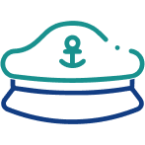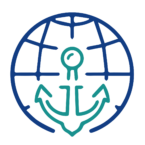Skipper Theory Course

The first step to obtaining the sailing certificate to drive a yacht is the Skipper Theory Course
The course is for those who want to get basic theoretical knowledge of yacht driving and the all necessary information
The course is for those who want to get basic theoretical knowledge of yacht driving and the all necessary information
























